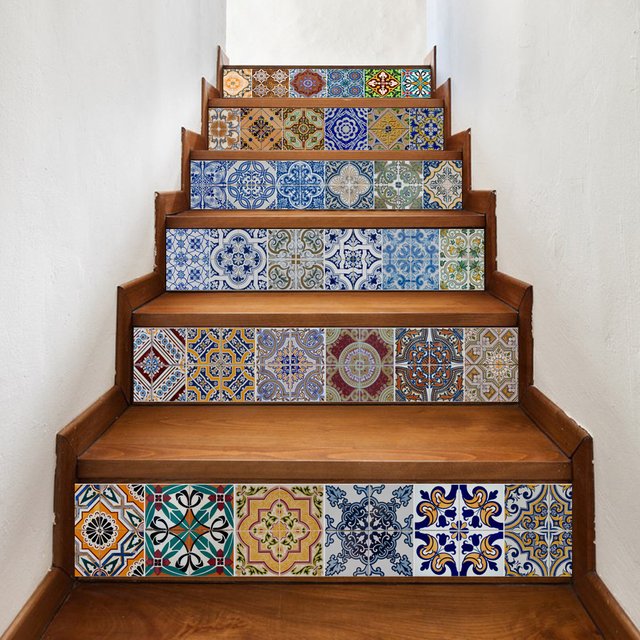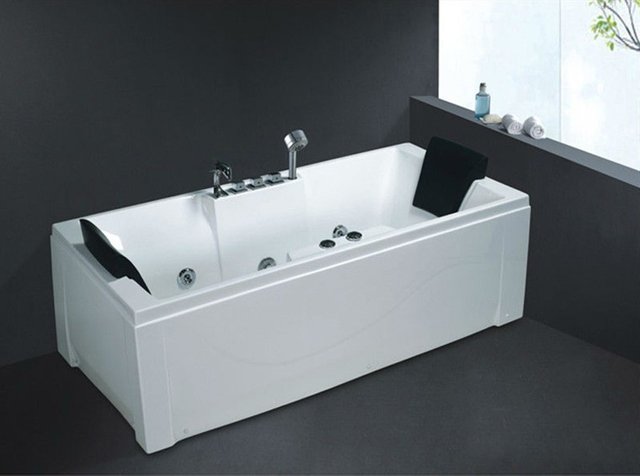The five most dangerous things in the house! Five experts answer

1- Stairs and floors:

Dr Ryan Stanton, a spokesman for the American College of Emergency Physicians and medical director of the University of Kentucky, believes that
The deadliest among the methods we use daily is the stairs.
More than one million people go to the emergency room each year because of the stairs, and may be one of the biggest causes of injuries.
There is a common story I hear from the elderly: I went down at night, I was going to the bathroom, opened the wrong door, and dropped down the stairs.
The usual injuries are bone injuries, fractures and head injuries.
Where it can happen to anyone.
As for the second most dangerous thing in my opinion is flooring.
Especially bathroom floors being the most dangerous, with wet surface, everything in the bathroom is solid and may cause injury in the case of slipping.
We have many head injuries and back injuries due to slips in the bathroom.
Floorings caused about 1.2 million casualties to emergency rooms.
People are more likely to get hit on wooden floors than on carpets, followed by dangerous floor tiles, and finally asphalt floor panels that cause most injuries.
2- Bathtubs:

Patty Davis, spokeswoman for the US Consumer Product Safety Commission, calls for children to be taken care of in bathtubs, the most dangerous thing in the home.
Drowning is the leading cause of unintentional death in children between the ages of one and four years.
The US Consumer Product Safety Commission reports drowning in unhealthy products such as hot tubs.
Between 2005 and 2009, there were 660 drowning incidents involving children under the age of 5 years, of whom 431 were deaths, and 17 of them were sporadic.
Most of the victims were younger than two years, and 92% of the incidents occurred in homes.
So do not leave a small child near any water or bathtub, as young children can sink only a few inches of water.
The organization also urges parents and caregivers to stay near the bathtub when they have a child.
Do not answer the door, do not answer the phone and stay with the child, and if you have to leave the bathroom, take the child with you.
Also do not leave a small child in the bathtub under the care of another small child.
3- Ornamental carpets:

Dr. Casey Sink, an assistant professor of medicine at Wake Forest University in North Carolina, says the placement of small ornamental carpets poses a danger to the elderly.
If the adult has weak bones, the fall due to a carpet may lead to a hip fracture, and there is a 30 to 50 percent chance that an elderly person with such an injury may not be able to survive.
The ornamental carpets can actually be worse than stairs in terms of danger.
Because people are more careful when the stairs rise and fall, in addition to the side supports of the drawers.
But if you walk quickly to answer the phone, or want to go to the bathroom in the dark at night, it may cause the ornamental carpet to fall and hurt.
4- Alcohol:

Dr. Edward Otten, a physician in emergency medicine and toxicology at Cincinnati University, says alcohol causes most problems inside homes.
Where alcohol drives people to hurt themselves, as accidents cause.
In addition to alcohol I would like to add that carbon monoxide is a very common dangerous thing in the home, and other things are not as serious as drugs.
The number of deaths has quadrupled in the last decade from over-the-counter drugs.
5. Guns:

According to Dr. Timothy Erickson, professor of emergency medicine and toxicology at the University of Illinois in Chicago, the only thing that will be worrying is the guns, and then the children who have access to the keys to the car.
As well as access to painkillers.
If you look at the severity of the damage, guns, alcohol, cars, medical drugs, methanol and anti-freeze glycol will be at the forefront of the hazards.
the source
https://www.livescience.com/36074-5-experts-answer-dangerous-items-home.html